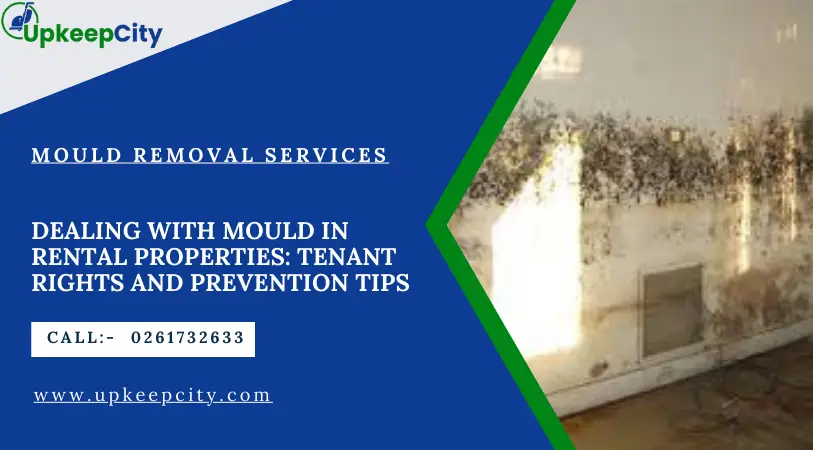Managing mould in rental properties can be a challenging situation for both landlords and tenants. Determining responsibility for the mould issue and addressing it promptly can be complicated. As a tenant, being aware of your rights is crucial to protect your health and finances in the long run. This article provides guidance on how to deal with mould problems in rental properties, emphasizes the seriousness of mould growth, and outlines the responsibilities of both tenants and landlords.
Understanding Mould and Its Impact:
Before delving into solutions, it’s important to understand why living with mould should be taken seriously. Mould is a type of fungi that thrives in warm and humid environments, with the visible black marks on walls being its waste product. Mould releases spores containing mycotoxins into the air, which can cause respiratory reactions, particularly in individuals with allergies or asthma. Severe mould infestations can have detrimental effects on health, and everyone deserves to live in a safe and healthy environment.
Determining Responsibility:
The responsibility for cleaning mould in a rental property can vary, and it’s crucial to understand the obligations of both tenants and landlords. According to rent.com.au, in Australia, tenants are responsible for keeping the property reasonably clean, avoiding intentional or negligent damage, and promptly informing the landlord or property manager about any damage. Breaching the rental agreement regarding mould may occur if tenants fail to address wet carpet, improper ventilation, shower scum buildup, or indoor clothes drying without adequate airing. On the other hand, landlords are responsible for maintaining the property in a reasonable state of repair, complying with building and safety requirements, and addressing reported maintenance issues like plumbing leaks, broken exhaust fans, or roof damage.
Tips for Dealing with Mould in Rental Properties: To effectively handle mould issues in a rental property, consider the following tips:
- Pre-Move-in Inspection: Before moving in, thoroughly inspect the property for any visible mould. Note its presence in detail on the condition report and take dated photographs as evidence.
- Document the Process: As a tenant, document the mould problem by taking pictures and keeping written records of all communication with the property manager or landlord. This documentation serves as protection and evidence of your efforts to address the issue.
- Professional Assistance: If the mould problem persists or worsens, consider hiring a professional mould remediation specialist, such as Electrodry, to assess the property, identify the causes of mould growth, and provide expert treatment. While you may bear the cost of the assessment, having professional documentation can be beneficial if the issue needs to be escalated.
Preventing Mould in Your Home:
Prevention is key to avoiding mould in rental properties. Here are some preventive measures you can take:
- Proper Ventilation: Use exhaust fans and open windows while showering, cooking, or using the dryer. Clean exhaust fans regularly to prevent blockages.
- Timely Ventilation: Keep the exhaust fan running for at least 10 minutes after bathing to clear out steam. On colder days, use a heat lamp for an additional 10 minutes to reduce moisture.
- Natural Light and Moisture Control: Open windows to allow natural light and air circulation. Consider using moisture-absorbing products like Damp-Rid in smaller areas like cupboards and pantries.
- Dehumidifier Usage: Invest in a dehumidifier to reduce humidity levels below those favorable for mould growth. Dehumidifiers are a valuable long-term investment for your health and can be taken with you when moving out.
- Cleaning and Treatment: For small mould infestations, clean affected areas with a solution of white vinegar and water (1:1 ratio). Spray the mixture, leave it for 20 minutes, and wipe it down. However, larger infestations may require professional remediation services to effectively address the problem.
Conclusion:
When facing mould issues in a rental property, it’s important to understand your rights as a tenant and take appropriate action. Promptly notifying the property manager or landlord, documenting the process, and seeking professional assistance when necessary are vital steps to address the problem effectively. By implementing preventive measures and practicing proper ventilation, you can reduce the risk of mould growth in your rental property, ensuring a safe and healthy living environment.





